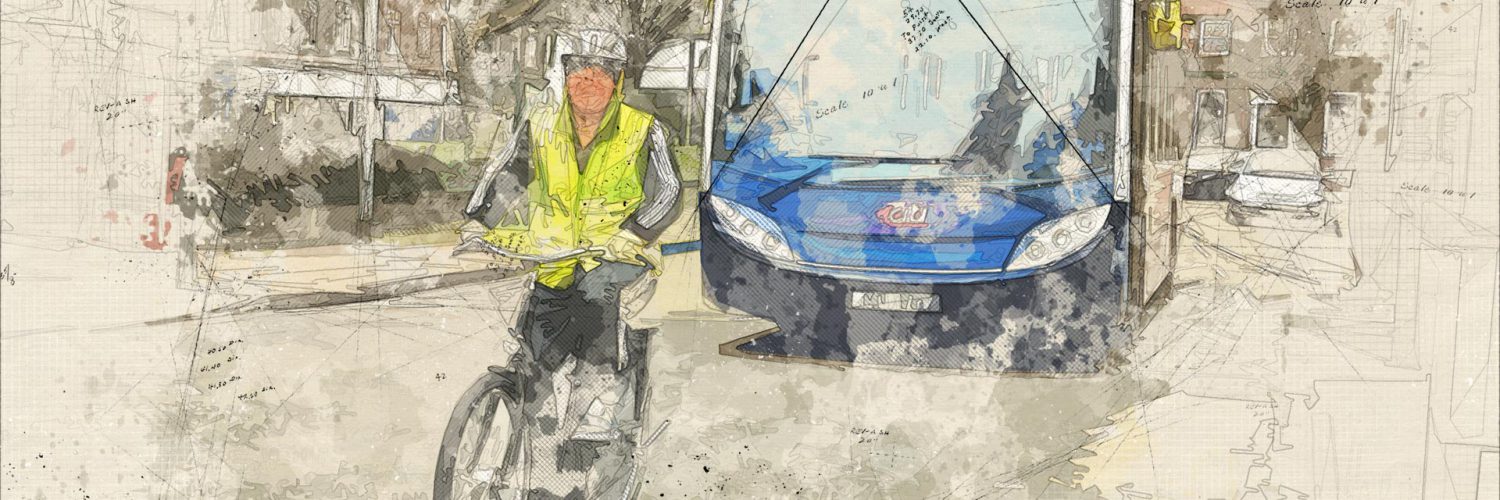Those who don’t understand public transport don’t use it. Bus operators and local authorities all over the world could help themselves by giving passengers the sort of usability we take for granted on metro rail systems. This applies particularly to visitors or temporary residents, of which we have so many in Cambridge.
Think about a typical underground system and compare it to most bus networks. For a start, the stations are easier to see on the street. One good thing about the live departure indicators at many Cambridge bus stops is unintentional: they make it easy to spot the stops.
Then there are the route numbering systems. To be fair, Cambridge’s ‘Citi’ network numbering is at least simple, even if the numbers only mean something to regular users. Maybe this is because it hasn’t had 50 years of tinkering to degenerate into incomprehensibility. On rail systems, routes have names, colours or simple numbering or lettering. Few places in the country have so many bus routes that they need a three-digit numbering system, but we get them regardless.
And what is it with the buses which are given letters when all around them have numbers? What’s an ‘A’? Or an ‘R’? I can’t help but think that the abject failure of last year’s new ‘115’ bus route is at least partially due to so few people having any idea where on earth a ‘115’ might end up.
Finally, there are route maps, or the absence of them. Every metro rail system in the world has a map of its lines and stops. Now ask yourself why most bus companies are unable to put simple topographically-straightened maps of each route on every bus stop. Don’t ask me why this is the case. And why is there not more of a focus on bus stops having numbers as well as place names, to make navigation as easy for first-time visitors as it is for locals? The numbering system already exists. Even in a village with one bus service, users still need to know its destination.
Making public transport easy to use is almost as important as making it reliable and affordable. Sometimes it seems like every other person getting on a bus is asking the driver where the bus goes. The result is slower journeys and tailbacks of traffic left by buses in their wake at each stop. If the operators can’t see the benefits in making things simple, maybe the authorities should insist on it.
This article was first published in the Cambridge Independent on 8 March 2017.



Add comment